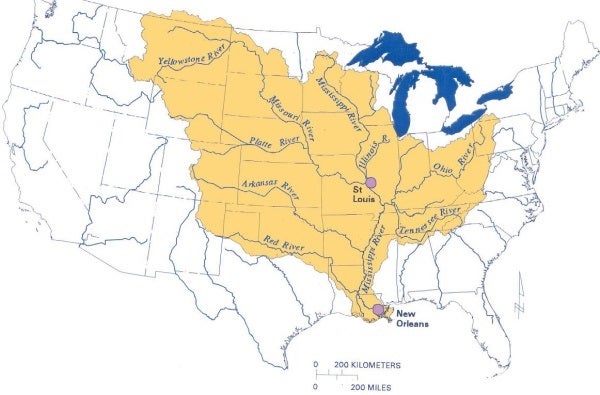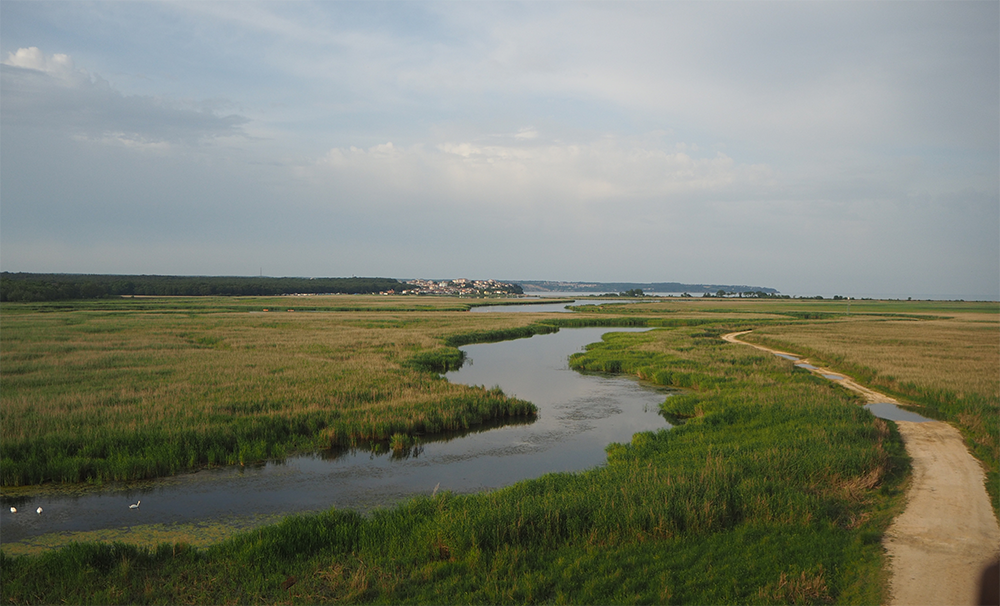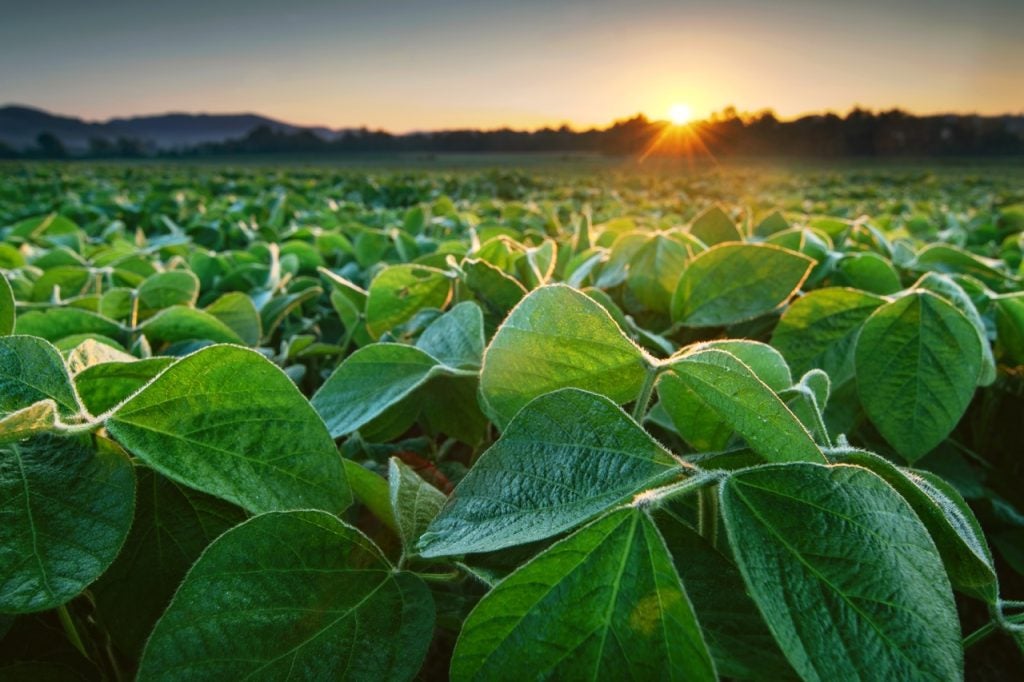Managing the Mississippi River Basin at a state level is like making a movie without the director, writers, and actors talking to each other. Despite being the largest watershed in the country, the Mississippi River Basin has no comprehensive restoration program.
Growing Returns
Why we need a Scientific Framework for the Mississippi River Basin
Natural infrastructure solutions demonstrate measurable flood risk reduction: A case study of the Prairie Creek Watershed
Flooding is a growing issue for communities across the United States. And the challenge is not just coastal. In recent years, inland communities that sit near rivers and waterways have experienced more frequent and intense flood events, causing infrastructure damage, social disruptions and economic losses. Much of this can be attributed to the increases in precipitation combined with declines in watershed health of the surrounding lands due to development and agricultural use.
New research could help resource managers improve the health and resilience of the Mississippi River Basin
Spanning across 31 states, from Minnesota down to the Gulf Coast of Louisiana, the Mississippi River Basin is one of the most significant waterways in the world. Not only is it important for commercial purposes, but it also provides critical wildlife habitat, fresh water and recreational opportunities for communities.
Given the river’s complex alterations and increasing climate impacts, it is more important than ever to take actions that will protect and nurture this treasured basin. Earlier this year, Environmental Defense Fund and co-authors* released new research that may prove beneficial to resource managers, aimed at evaluating and implementing actions to improve the Mississippi River Basin’s overall health and resilience. Based on this research, we are sharing a comprehensive framework that can be used to effectively manage the Mississippi River Basin as part of a whole basin governance structure that includes monitoring, modeling and adaptive management. Read More
New EDF mapping analysis identifies natural infrastructure use across watersheds
The Mississippi River Basin is sensitive to two major risks – flooding and poor water quality – and future climate change effects will continue to severely increase these risks. However, a natural solution to supporting the Mississippi River Basin (MRB) is natural infrastructure, which consists of structural or perennial vegetation, and provides multiple ecosystem services with the potential to reduce flooding and nitrate loading pollution. Our research shows that wetlands and floodplains are the best natural resources to reduce flood risk and nitrate pollution. Read More
How will climate change affect U.S. crop yields?
As the UN climate conference kicks off in Egypt, food and agriculture are central to negotiations for the first time. More severe droughts, warmer temperatures and heavier rainfall fueled by climate change are making it harder than ever for the world’s one billion farmers to grow food and fiber. While some farms and regions are more vulnerable than others, climate change will affect farmers everywhere.
Here in the U.S., where farmers have a long history of steadily increasing yields, climate change will likely cause crop productivity gains to stall — or even reverse — as soon as 2030.












